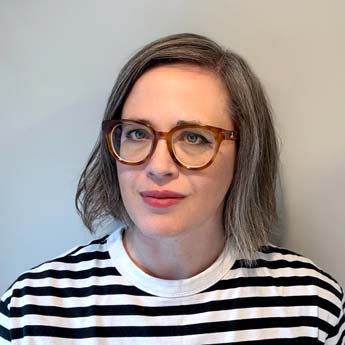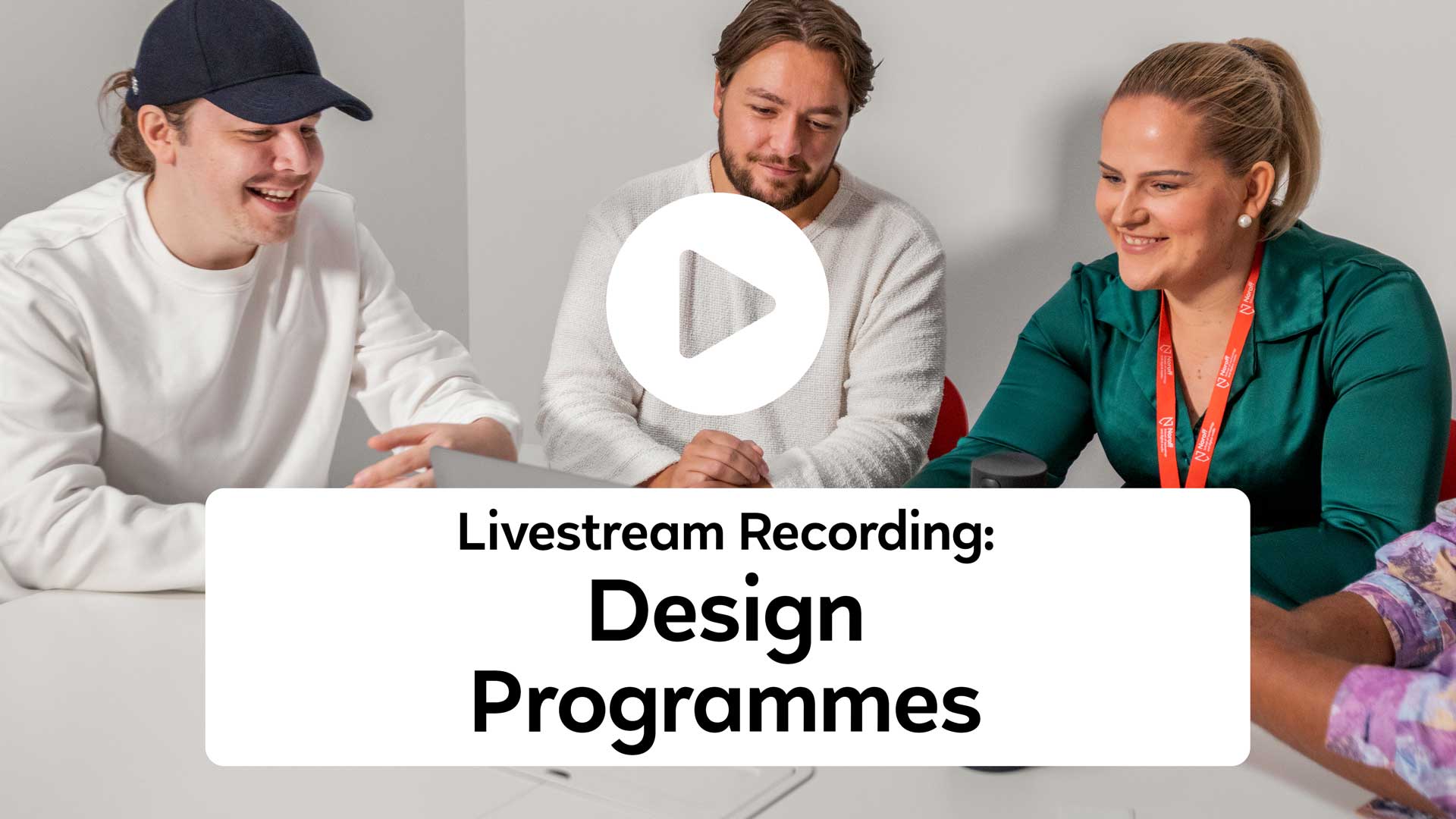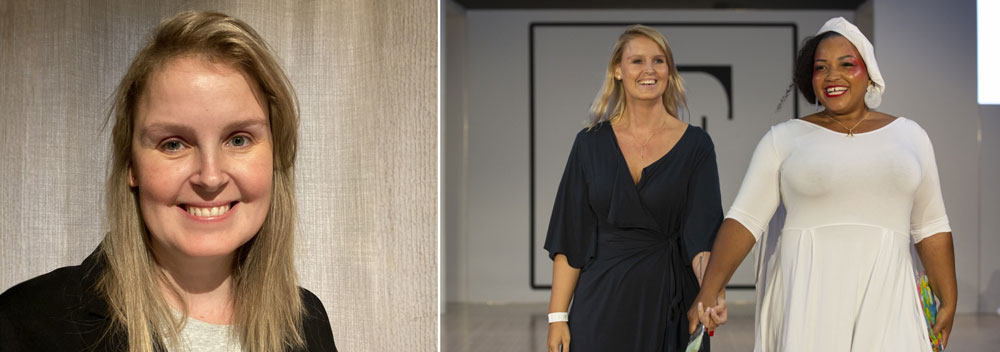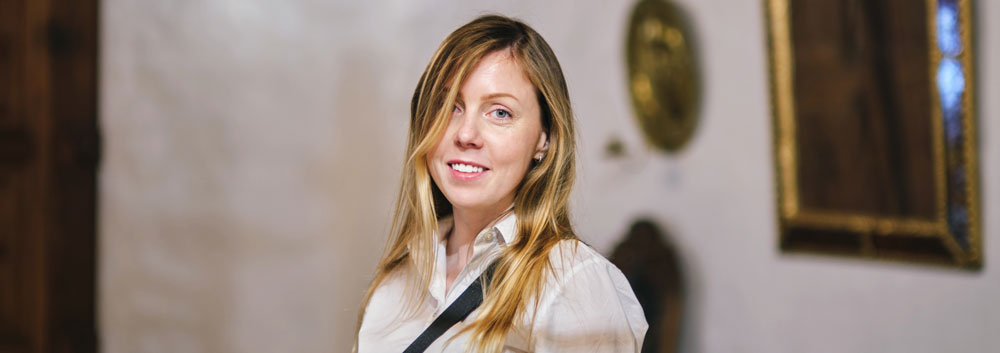How is AI used in the Graphic Design programme?
AI is becoming an integral part of the design industry, and at Noroff you will learn how to use it thoughtfully and creatively. Throughout the Graphic Design programme, AI is explored through workshops and practical activities that help you understand how it can support your creative process.
You’ll discover how AI can assist with idea development, research, and production, while keeping your own originality and critical thinking at the centre. Our approach emphasises ethical and transparent use, ensuring that AI enhances creativity rather than replacing it.
By learning to balance human creativity with emerging technology, you’ll graduate with both the critical judgment and creative confidence needed to thrive in a changing design landscape.
How is AI being used in the workplace within Graphic Design?
In the industry, AI is transforming graphic design by enhancing productivity and creativity. Image- and text-generating tools help designers automate repetitive tasks, and explore creative possibilities faster, freeing up time for conceptualisation and refinement.
We feel that a strong emphasis on human originality and skill should remain, with AI-generated content serving as a starting point rather than the final product. While AI can assist with many tasks, human-centred design, innovation, and real-world problem-solving skills remain irreplaceable and central to the designer’s role.













